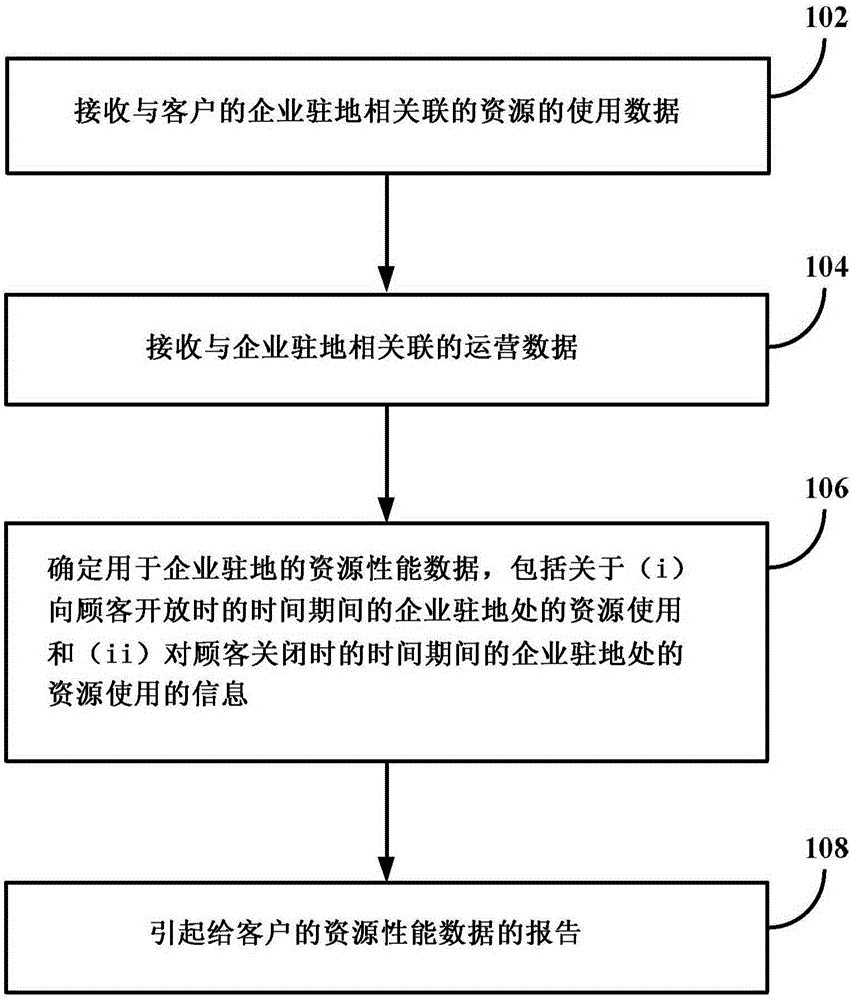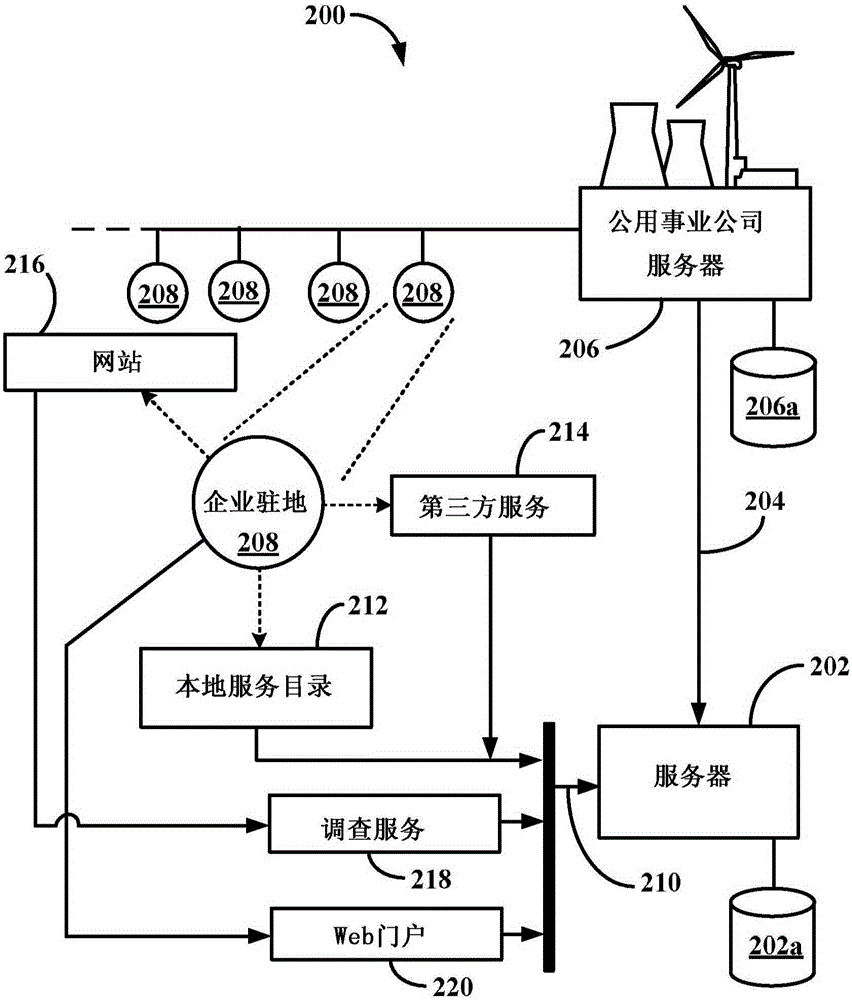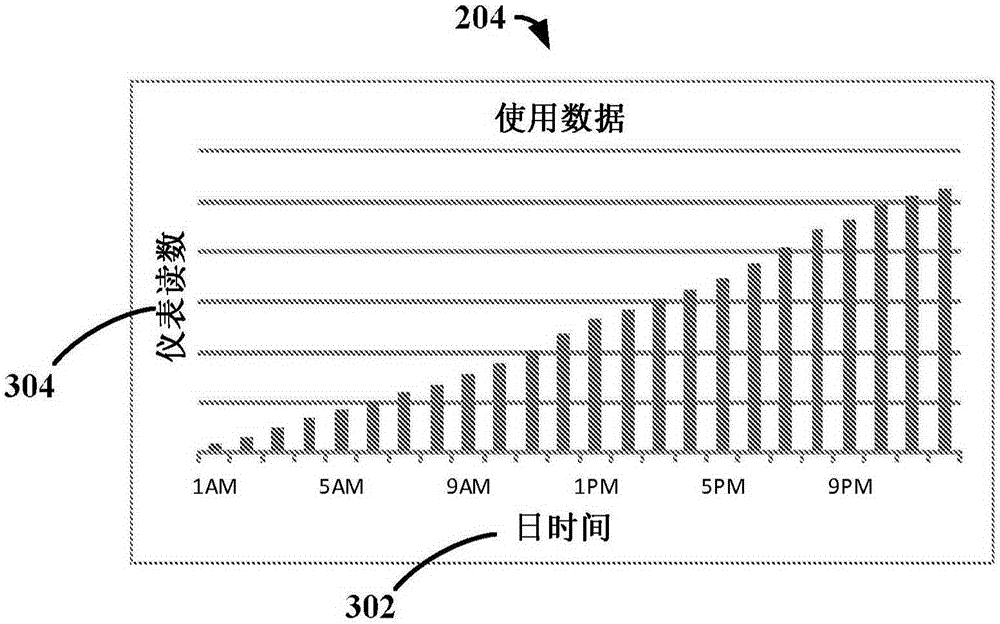A method of tracking and reporting energy performance for businesses
An enterprise, performance technology, applied in data processing applications, instruments, computing, etc.
- Summary
- Abstract
- Description
- Claims
- Application Information
AI Technical Summary
Problems solved by technology
Method used
Image
Examples
Embodiment Construction
[0050] The term "small and medium business" (used interchangeably herein with the term "small business") generally refers to a utility company designation for a customer with an enterprise account, where the average resource drawn by the customer (e.g., pull power) within predefined limits. Small and medium businesses may include commercial (eg, retail, service, construction, etc.), industrial (eg, manufacturing), and government offices and functions (eg, post office, administration, police, etc.). For example, a utility company may designate a business as small if it has a peak demand that uses 300 kilowatts or less per month. Of course, other limits exist, based on the claims provided by the utility companies.
[0051] "Local Directory Service Provider" means a third-party service that maintains records of a business's characteristic information, such as:
[0052] Type of business (retail, service, restaurant, movie theater, legal services, accounting services, dental prac...
PUM
 Login to View More
Login to View More Abstract
Description
Claims
Application Information
 Login to View More
Login to View More - Generate Ideas
- Intellectual Property
- Life Sciences
- Materials
- Tech Scout
- Unparalleled Data Quality
- Higher Quality Content
- 60% Fewer Hallucinations
Browse by: Latest US Patents, China's latest patents, Technical Efficacy Thesaurus, Application Domain, Technology Topic, Popular Technical Reports.
© 2025 PatSnap. All rights reserved.Legal|Privacy policy|Modern Slavery Act Transparency Statement|Sitemap|About US| Contact US: help@patsnap.com



